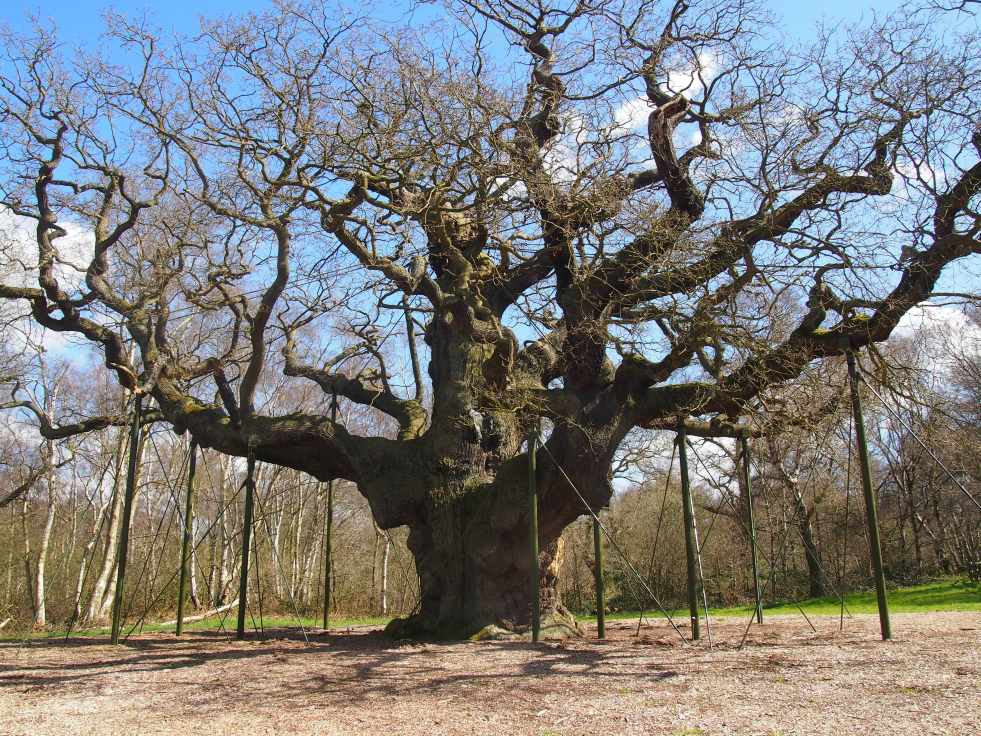Like many of the sites and objects detailed in this blog, it’s quite possible to walk past the London Stone and never realise that it is there. It’s easy to miss the grate pictured below, which is situated at street level on the front of a nondescript modern building on Cannon Street in the City of London.

The London Stone has a long and singularly odd history, with its origins shrouded in legends, fairytales and hearsay. Similar to the superstition surrounding the ravens of the Tower of London, a saying goes that “So long as the Stone of Brutus is safe, so will London flourish.” However, like the ravens, it is likely that this romantic myth dates from the Victorian period, although both superstitions still persist today.
Continue reading “Sifting through the stories about the London Stone” →











